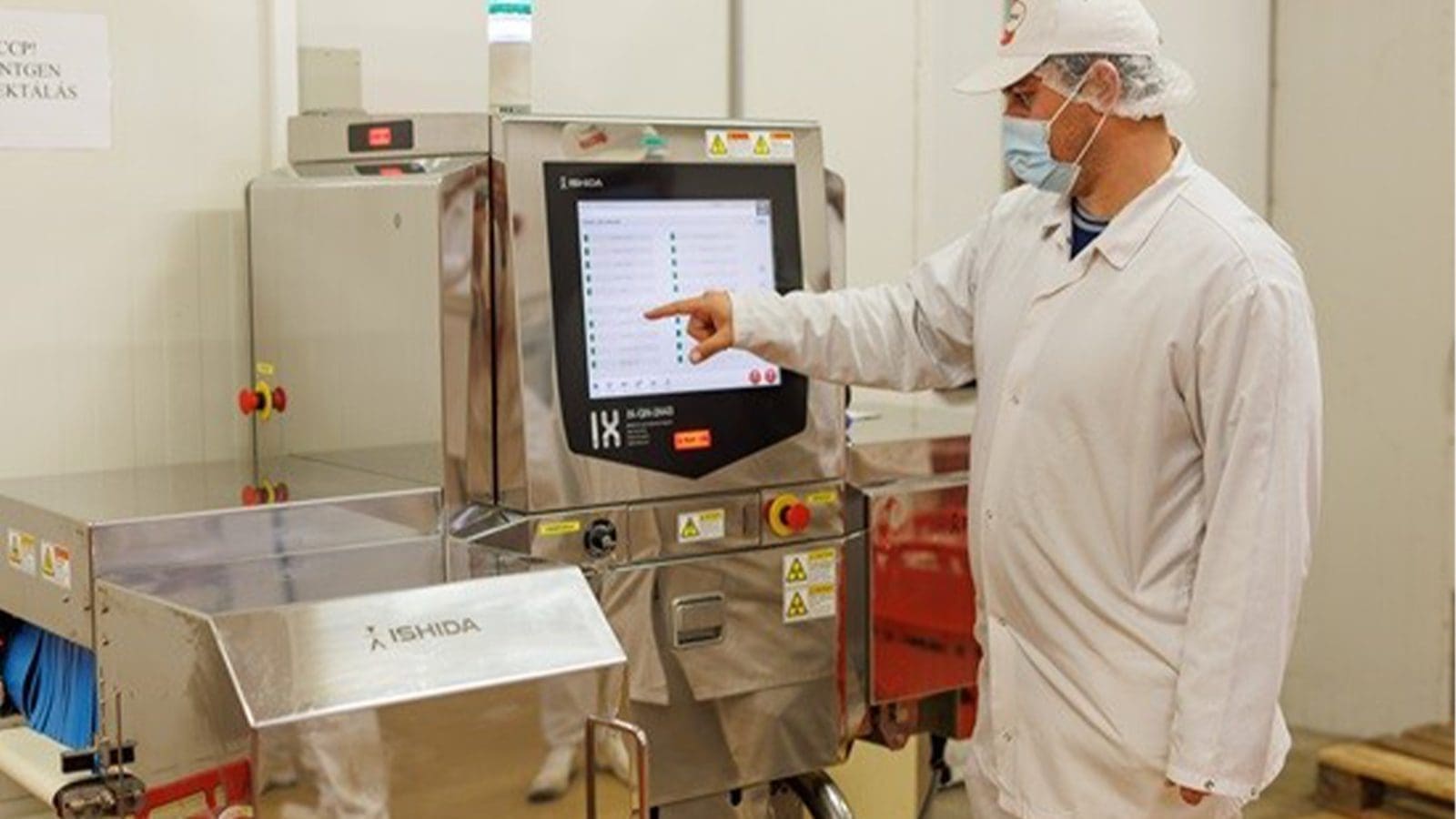U.S -The Food and Drug Administration (FDA), agency responsible for the safety and security of the United States’ (U.S) food supply, has issued a letter reminding food industry manufacturers, distributors, and users of fluorinated polyethylene food contact articles, that only certain fluorinated polyethylene containers are authorized for food contact use.
The agency said it took this step to ensure that food packaging manufacturers that produce, use or distribute fluorinated polyethylene food contact containers are aware of FDA’s regulation pertaining to requirements for fluorinating polyethylene containers used with food.
Susan Mayne, Director of the Center for Food Safety and Applied Nutrition (CFSAN) said the agency is encouraging manufacturers and distributors to consult with them concerning the regulatory status of any manufacturing processes used to produce fluorinated polyethylene containers for use in contact with food.
“The FDA is committed to ensuring that food containers are safe for consumers. We issued this letter out of an abundance of caution to remind industry that only certain fluorinated containers may be used in contact with food. It is important to note that there is no evidence of unlawful manufacturing processes being used for food containers, “ she said.
Fluorination allows for improved chemical barrier properties in containers. Recently, based on testing performed by the Environmental Protection Agency (EPA), FDA said it has become aware that certain per- and polyfluoroalkyl substances (PFAS) can form and migrate from some fluorinated high-density polyethylene (HDPE).
HDPE is a material widely used in food packaging as it can easily seal out moisture and other temperature changes. The packaging is generally used during the manufacturing process to hold large quantities of ingredients like oils or flavorings.
PFAS are a diverse group of human-made chemicals, also known as “forever chemicals”, used in a wide range of consumer and industrial products.
The type of PFAS detected are called perfluoroalkyl carboxylic acids (PFCAs), several of which are allied with adverse health effects. Analytical studies indicate that PFCAs can result from fluorination processes that are not compliant with FDA’s regulations.
The EPA’s testing was conducted on containers intended to hold mosquito-controlling pesticides not approved for direct use on food crops, that are not regulated by the FDA.
The CFSAN Director reiterated that the FDA will continue to work to ensure that substances used in contact with food comply with FDA regulations and are safe for their intended use.
FDA has permitted the use of certain PFAS in packaging since the 1960s, as long as they did not exceed set levels. It wasn’t until 1983 that the agency approved fluorination processes for HDPE containers.
Since 2012, the FDA has been refining the analytical method to test food for PFAS by testing specific groups of food, as well as focusing testing efforts on foods grown or produced in areas associated with environmental PFAS contamination.
In 2019, the FDA expanded the methods used in earlier testing and made available the first single-lab validated scientific method for testing 16 different types of PFAS in a highly diverse sample of foods.








